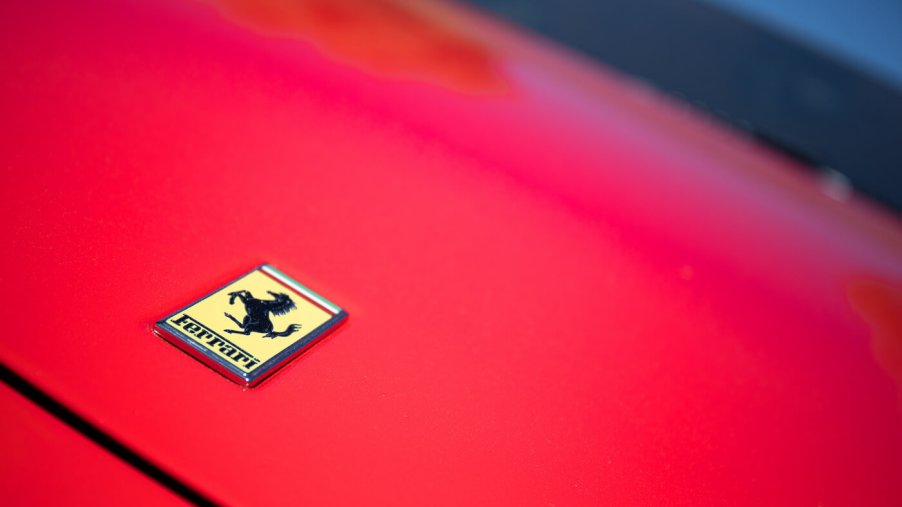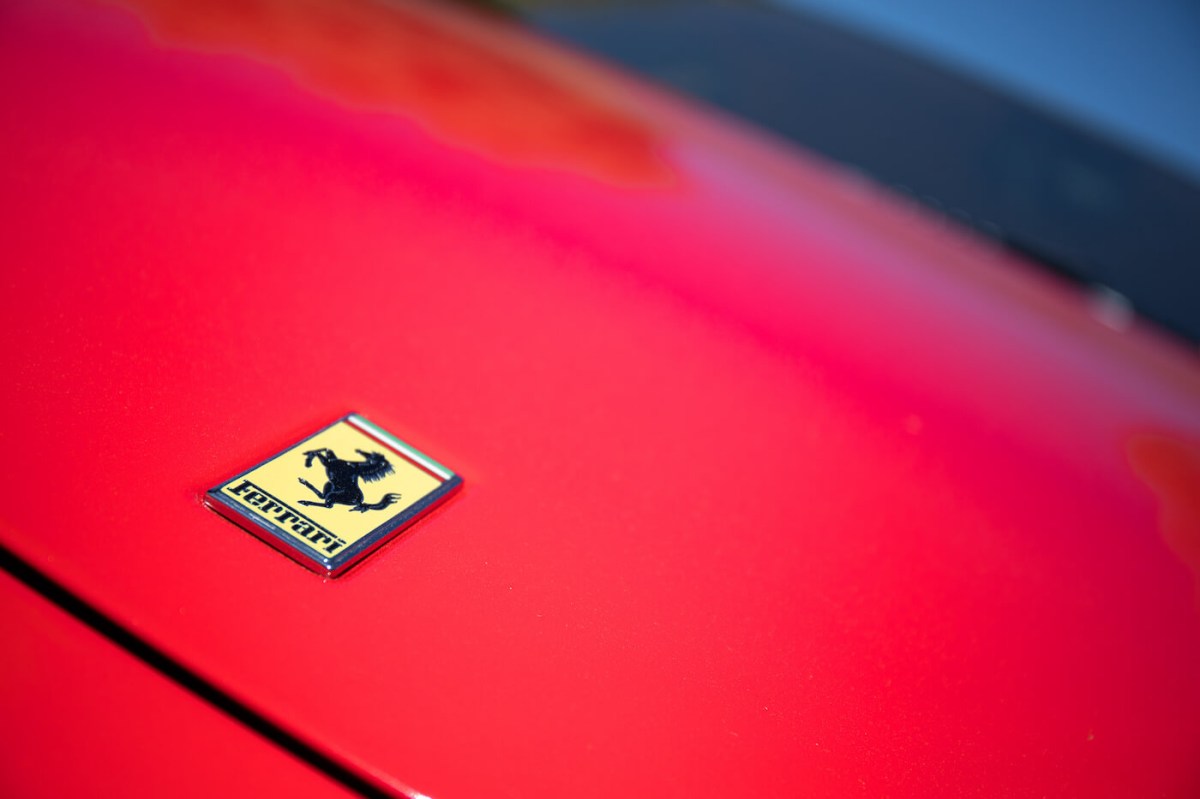
Are All New Ferraris Mid-Engine?
Ferrari sports cars look, feel, and sound like nothing else. Whether roaring away from a traffic light or flat-out on a racetrack, these Italian machines dazzle the senses. And when you think of a Ferrari, you may picture one of their mid-engine models like the F40, 360, or 488.
But are all new Ferraris mid-engine? The answer’s no. The famed Italian marque has a history of notable front-engine vehicles and continues using the layout today.
Ferrari mid-engine cars through the years

Ferrari mid-engine cars have ideal traits for a performance vehicle, like balanced handling, tenacious traction, and compact packaging. And since Ferrari debuted their mid-engined 156 “Sharknose” Formula 1 racer in 1961, the company’s produced many storied models with the engine behind the driver.
The first production mid-engine Ferrari was the Dino 206 GT in 1967. Named after Enzo Ferrari’s son, Alfredino “Dino” Ferrari, it used a high-revving 2.0-liter V6 engine and featured neutral, quick handling, making it a delight to drive. Using aluminum throughout reduced weight to less than 2,000 lbs, and direct rack and pinion steering was a first for the marque.
In the supercar era of the 1980s, the Ferrari F40 took performance to the limit. More race car than street car, the mid-engined F40 used a composite monocoque chassis, a turbo V8 with 477 hp, and a lightweight plastic windshield. Those elements combined to create a street-legal supercar ready for the track and a tantalizing blend of sounds, looks, and performance.
Today, the Ferrari F8 carries the company’s tradition of world-beating mid-engined performance cars. Capable of astounding acceleration and handling, the F8 uses a twin-turbo 3.9-liter V8 pumping out 710 hp and 568 lb-ft of torque. Add in its dramatic styling, and you’ve got a modern-day sports car worthy of the Ferrari nameplate.
Does every new Ferrari have the mid-engine configuration?
While Ferrari mid-engine cars receive much attention, the company also produces excellent front-engine models. Each features the usual attributes of Italian style, high performance, and peerless engineering, just with a long front hood.
Hearkening back to the 365 GTB/4 “Daytona,” the Ferrari F12 Berlinetta has low-slung bodywork and a front-mounted V-12. The extended hood is a marked departure from mid-engined models, and its fine-tuned aerodynamics produce downforce at speed. So good is the 730-hp V-12 that it won the International Engine of the Year awards for the Best Engine Above 4.0 Liters and Best Performance.
Featuring more compact dimensions and an Italian V-8, the Portofino M is a front-engined grand tourer with long-distance comfort and a retractable hardtop. And with its dual-clutch 8-speed paddle shift transmission, drivers can click off gear changes like a racecar driver.
The new Roma Spider is the first soft-top front-engine Ferrari since the 1969 365 GTS/4. With modern, sleek styling and a 612-hp V8, this Italian roadster has an ideal mix of looks and performance. And luxury touches like power-adjustable heated seats and wireless Apple CarPlay make it as convenient as it is fast. In their review, Road and Track noted the Roma Spider’s everyday usability.
Mid-engine vs. front-engine: pros and cons
Both mid-engine and front-engine layouts have their pluses and minuses. Ultimately, it depends on a driver’s needs and preferences when they pick between the two.
A mid-engined design concentrates weight toward the middle of a car, improving balance and agility. Engineers can also fine-tune weight distribution for additional traction during hard acceleration. And by packaging the engine and transmission as a single unit, mid-engine cars allow a more compact design.
But mid-engine cars aren’t perfect, have little space for rear passengers, and may have uncomfortable cabin noise levels. And with the engine shoehorned in the middle of the vehicle, repairs may be more involved and costly.
Front-engine sports cars have the look of a classic GT, with a long, sloping hood and two-door cockpit. That allows plenty of space for a 2+2 layout, with additional space for passengers and gear. And who doesn’t like opening the hood and taking in a beautiful engine? It’s also nice hearing a world-class engine roar in front of you when you press the accelerator and rocket away from a traffic light.
On the other hand, front-engined cars put more weight over the front axle, taking away from handling and traction. And with a long view over the hood, front engine designs don’t provide the close-up view of corners like mid-engine ones do.
With sports car design progressing by leaps and bounds over the years, choosing a mid-engine or front-engine sports car comes down to what you like in terms of style, performance, and convenience. Whatever you choose, you’ll drive away in something that excels on the street.



